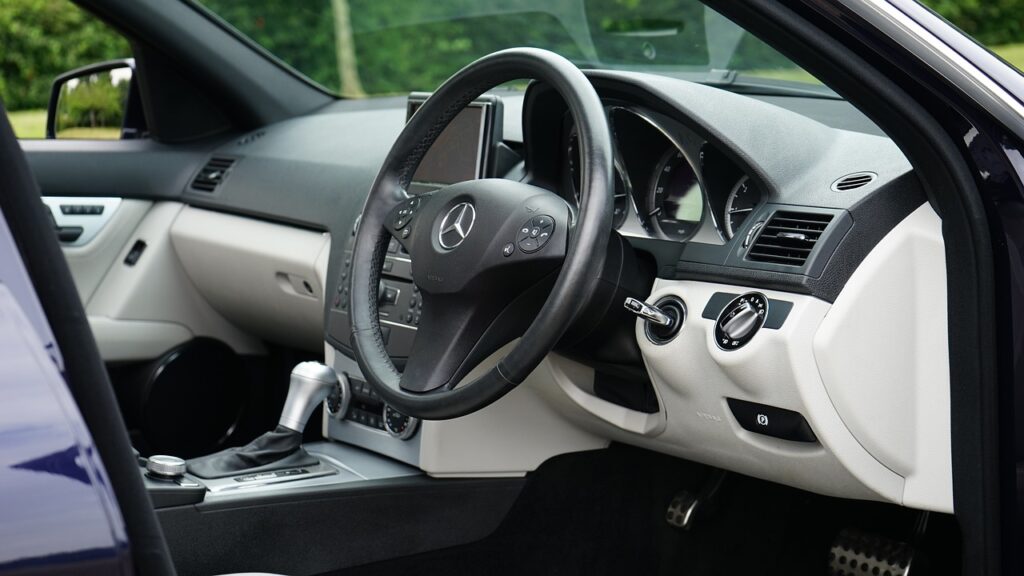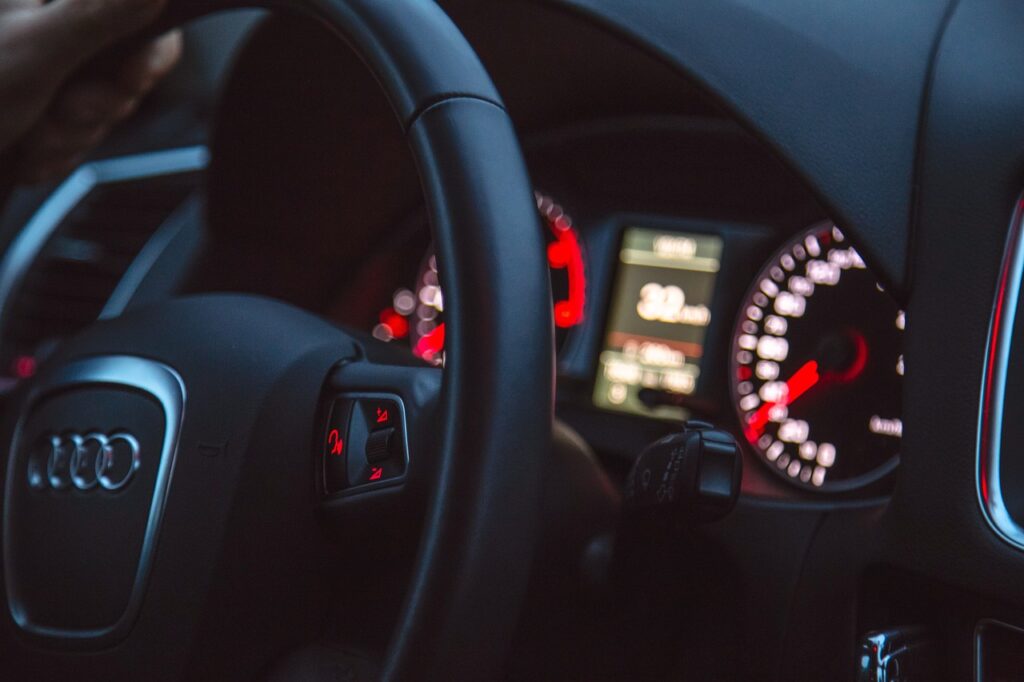
How Much Does It Cost to Get a Car Serviced? A Straightforward Look at the Average Driver
The majority of us use our cars frequently. Like any machine, cars need routine maintenance to perform at their best. But when the time comes for a service, one question often pops up: “How much does it cost to get my car serviced?” Let’s break it down.
Routine Maintenance:
At the very basic level, routine maintenance includes things like oil changes, air filter replacements, and tire rotations. These are services you’ll need relatively frequently, depending on how much you drive.
Oil Change: Typically, an oil change can run anywhere from $25 to $75 for standard oil. If you’re going for synthetic, the price may jump to between $45 to $125. The intervals for oil changes vary but are usually recommended every 3,000 to 5,000 miles for conventional oil and 7,000 to 10,000 miles for synthetic.
Air Filter Replacement: A new air filter might set you back between $15 to $50, not including labor. Luckily, this isn’t something you’ll have to do often—usually once every 15,000 to 30,000 miles.
Tire Rotation: Expect to pay between $35 to $75 for a tire rotation, though many dealerships offer this as a complimentary service when you get other things done.

Larger Services:
As your car ages, it’ll need more extensive services. Here’s a rough idea:
Brake Replacement: Depending on your car and the quality of the parts, brake replacements can range from $200 to $1,000 for both the front and rear brakes.
Transmission Service: Transmission fluid exchanges or flushes can range from $100 to $300. If you’re unlucky enough to need a full transmission replacement, brace yourself for costs from $1,800 to $3,500 for most standard vehicles.
Luxury vs. Standard:
If you’re driving a luxury vehicle, be prepared to pay more. Those beautiful machines are often more expensive to maintain, mainly because parts can be pricier and specialized knowledge might be needed for servicing.
Modern Car Security: The Smart Keyless Keeper
A Smart Keyless keeper is an electronic chip installed in the key fob. It covers the battery from both sides, and its motion sensor detects movement to turn it on or off. Designed to block keyless boosters commonly used for hacking, this device acts as a shield against key fob relay attacks. These boosters interfere with communications between the car and the key fob, mimic signals, and assist criminals. The Smart Keyless keeper is an outstanding invention against this threat. With a 3D motion sensor, LED indicator, microprocessor, and flexible base, it effectively deactivates the key fob when motionless. This ensures crooks cannot exploit your car’s keyless system, especially during times when you’re at rest.
Location Matters:
Where you live plays a role in car servicing costs. Urban areas, with higher living costs, often come with higher auto service prices. It’s also worth checking local reviews and asking friends for recommendations. Sometimes smaller, local mechanics offer competitive rates compared to big chains or dealerships.

Do-It-Yourself (DIY):
If you’re handy, doing some basic services at home can save you money. An oil change, for instance, becomes just the cost of oil and a filter. However, always ensure you’re comfortable with what you’re doing—mistakes can be costly in the long run.
Conclusion
The cost of servicing your car can vary based on several factors including the car’s make and model, the specific service needed, and where you get it serviced. It’s always a good idea to budget for regular maintenance and keep a little cushion for unexpected repairs.




